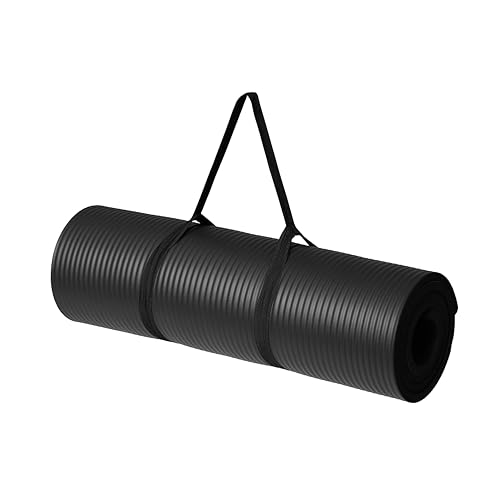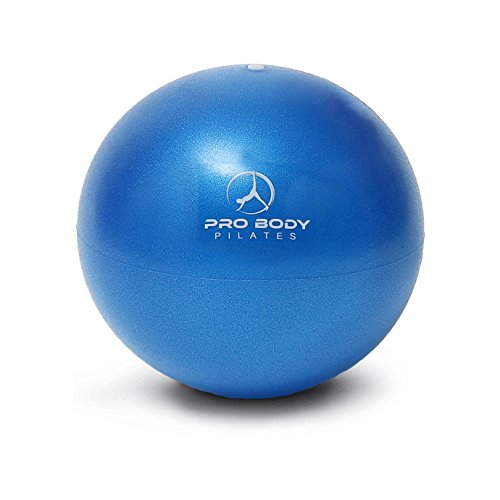Strengthen your core and pelvic floor muscles with this trainer's five favorite moves
Improve core stability and pelvic floor strength with this home workout
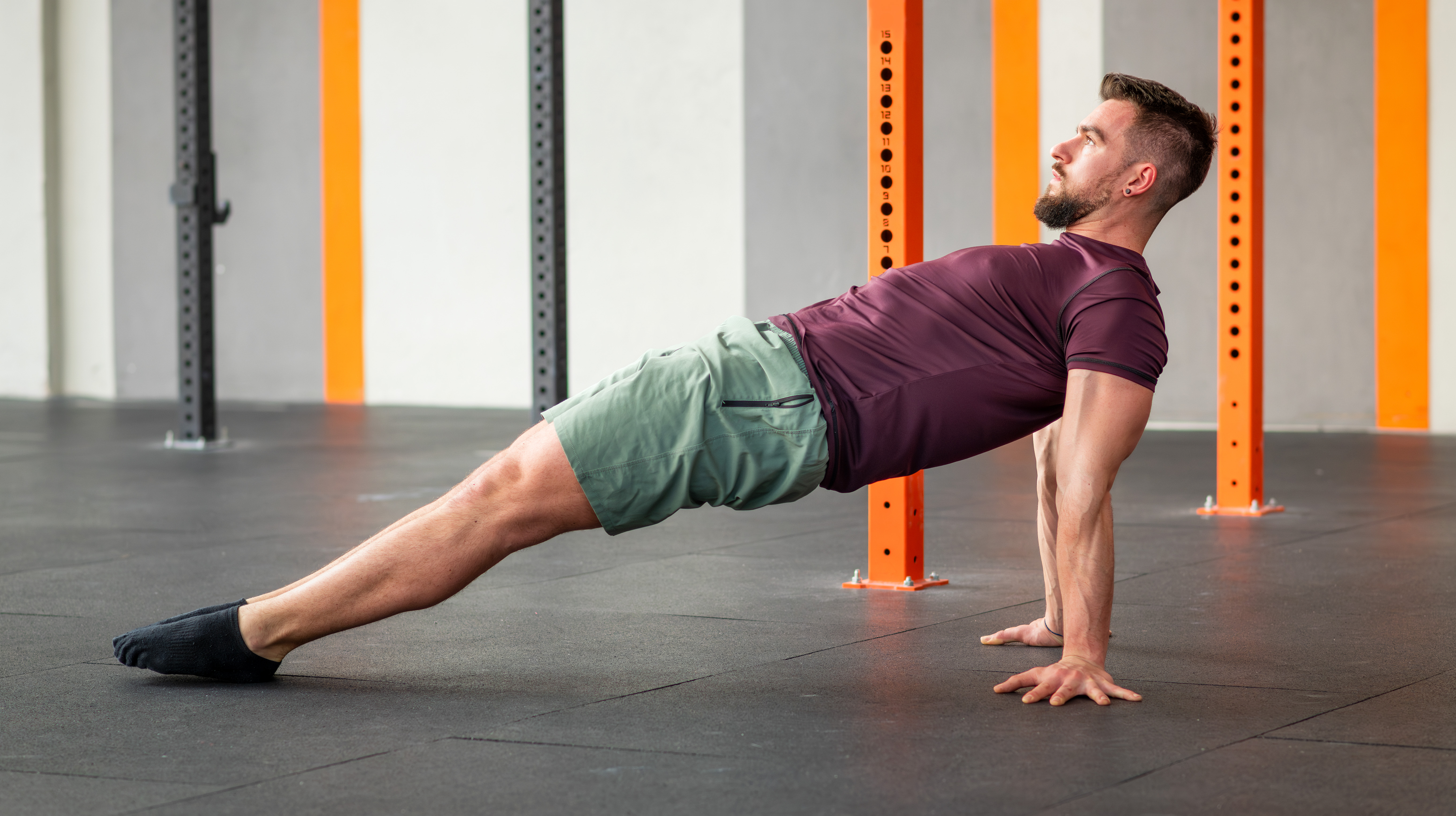

You might think you only need pelvic floor exercises if you’ve just had a baby, but everyone can benefit from training this area. The pelvic floor can weaken if we don’t look after it, leading to bladder and bowel incontinence. Strengthening these muscles can also alleviate lower-back pain according to research in Neurological Sciences, which is a common complaint for most desk workers.
This quick circuit from Andrea Allen is great for building both the core and pelvic floor. What I love about it is that the trainer clearly explains how to do each move, focusing on breathwork and proper form. You will need a Pilates ball and a loop band for the session but if you don’t have these items you can skip the first two exercises.
How to do Andrea Allen’s workout
A post shared by Andrea -Mom Fitness: Diastasis, Postpartum & More (@deliciouslyfitnhealthy)
A photo posted by on
Aim to do 8-10 repetitions of each move or four to five repetitions on each side for unilateral exercises. Make sure you’re engaging your core throughout and consult a doctor if you have any medical issues that might make this workout more challenging.
It’s important to focus on your breath and use it to engage your pelvic floor muscles. On inhales, your diaphragm moves down into your abdomen and your pelvic floor muscles should lengthen and relax. On exhales, your diaphragm moves up and your pelvic floor muscles shorten. It’s often easier to locate and engage your pelvic floor muscles on an exhale, which is why timing your breath is important.
Why everyone should train the core and pelvic floor muscles
Your pelvic floor is part of your core, a collection of mid-body muscles that support the spine and stabilize the body. These muscles are also responsible for spinal flexion, helping you bend and twist.
Your pelvic floor muscles run from the tailbone to the pubic bone, and from side to side like a sling across your hips, supporting the bladder and bowel and also the uterus in women.
When the core and pelvic floor muscles are weak it can lead to lower back pain, poor posture, muscular imbalance, incontinence and even pelvic organ prolapse. It’s important to train the pelvic floor muscles so they can work as part of the core and help with stability and spinal support.
Get the Fit&Well Newsletter
Start your week with achievable workout ideas, health tips and wellbeing advice in your inbox.
Want more workouts that target this area? Try these other pelvic floor exercises and learn how to do a plank, if you want to strengthen the core.
Shop workout equipment for this routine
Maddy Biddulph is a freelance journalist specializing in fitness, health and wellbeing content. With 26 years in consumer media, she has worked as a writer and editor for some of the bestselling newspapers, magazines and websites in the US and UK.
She is also a qualified L3 personal trainer and weight loss advisor, and helps women over 40 navigate menopause by improving their physical and mental strength. At Maddy Biddulph Personal Training, she runs one-to-one and small group training for menopausal women who want to get fit to ease symptoms and feel like themselves again.
-
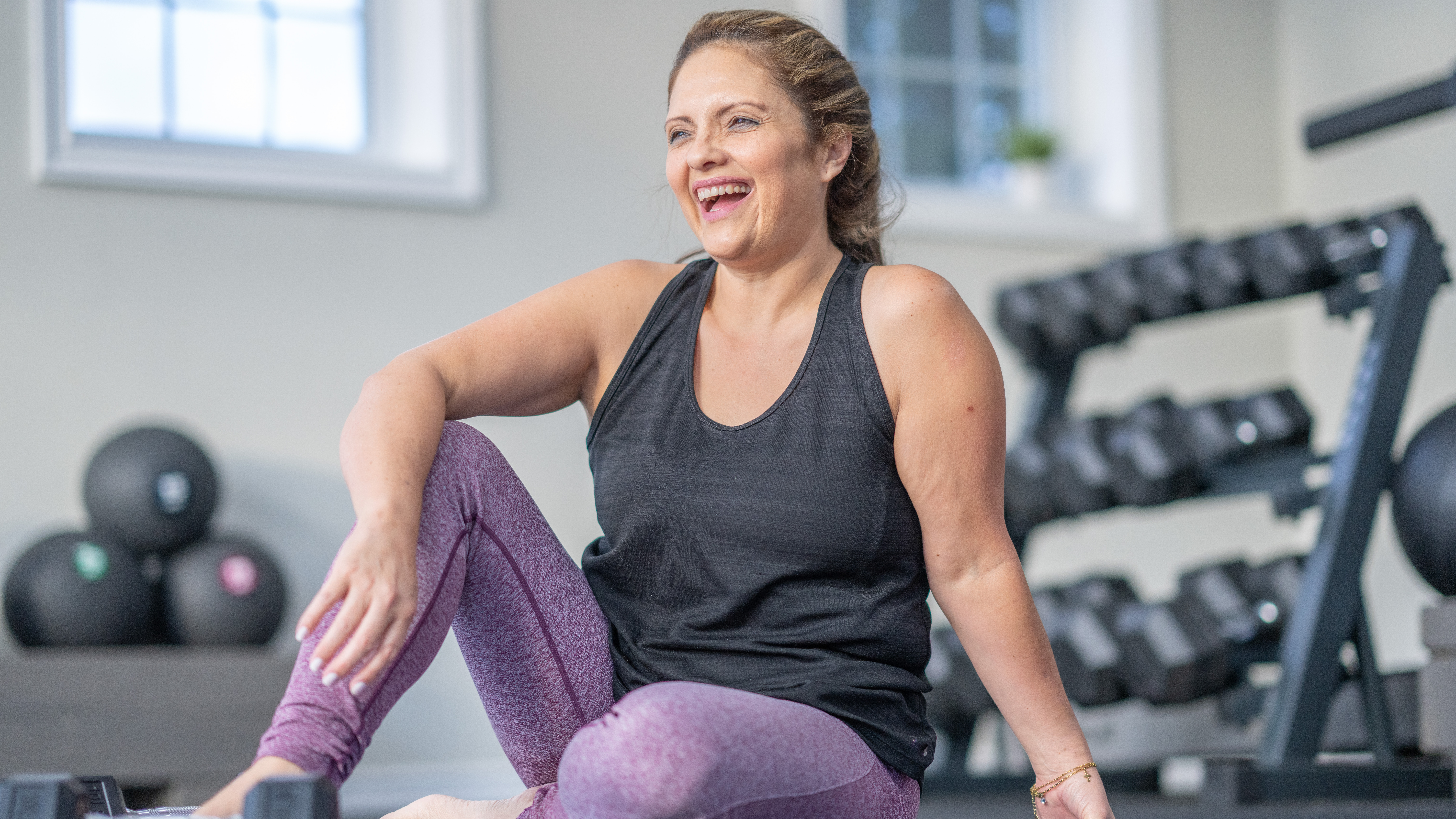 "If I could choose just five moves to future-proof my body, these would be it"—A trainer says this longevity workout will help you build lasting strength and mobility
"If I could choose just five moves to future-proof my body, these would be it"—A trainer says this longevity workout will help you build lasting strength and mobilityBy Lou Mudge
-
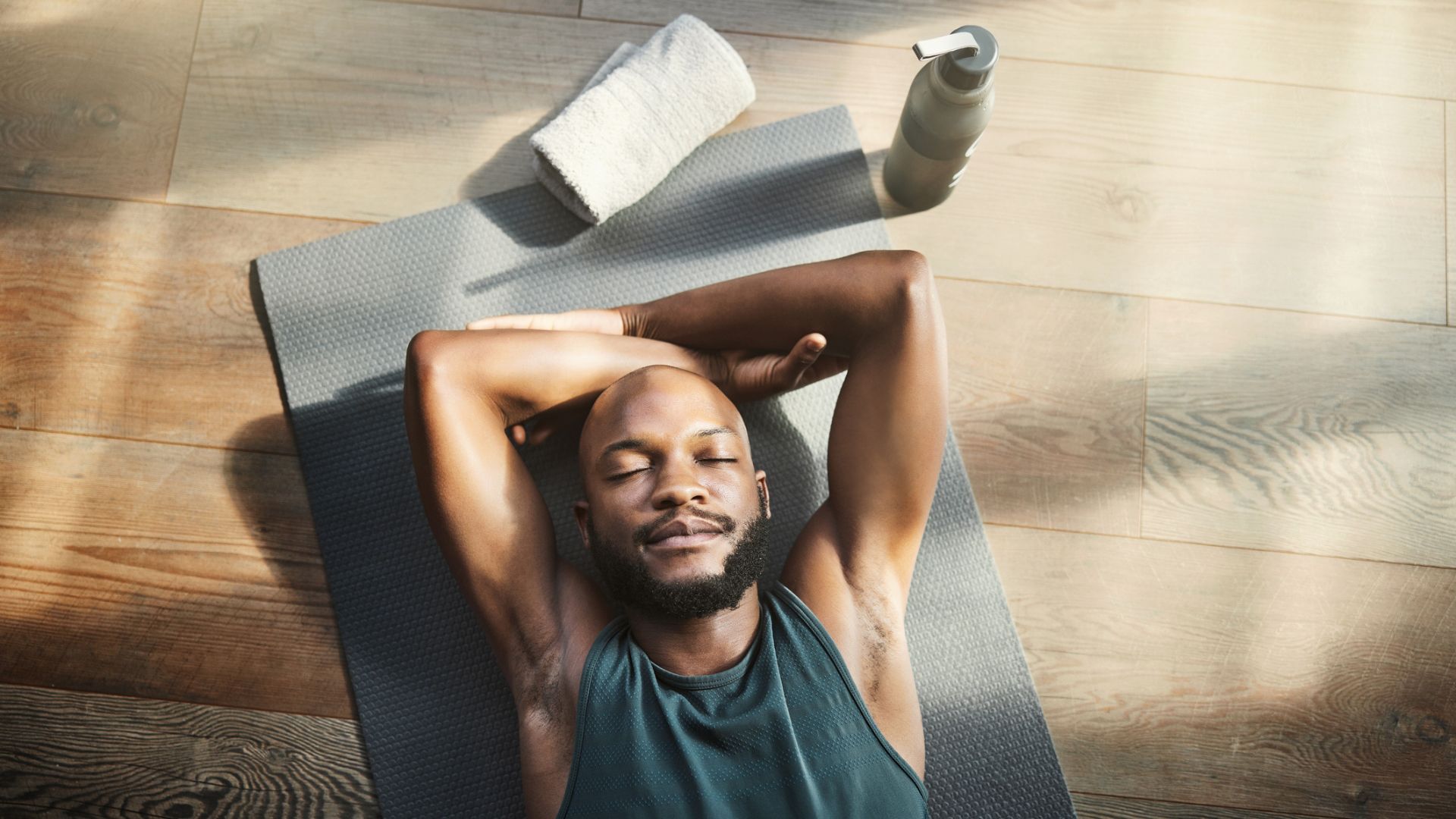 I tried four exercises designed to get rid of shoulder knots and I was surprised by the results
I tried four exercises designed to get rid of shoulder knots and I was surprised by the resultsA yoga instructor recommends this routine for reducing tightness in your upper body
By Alice Porter
